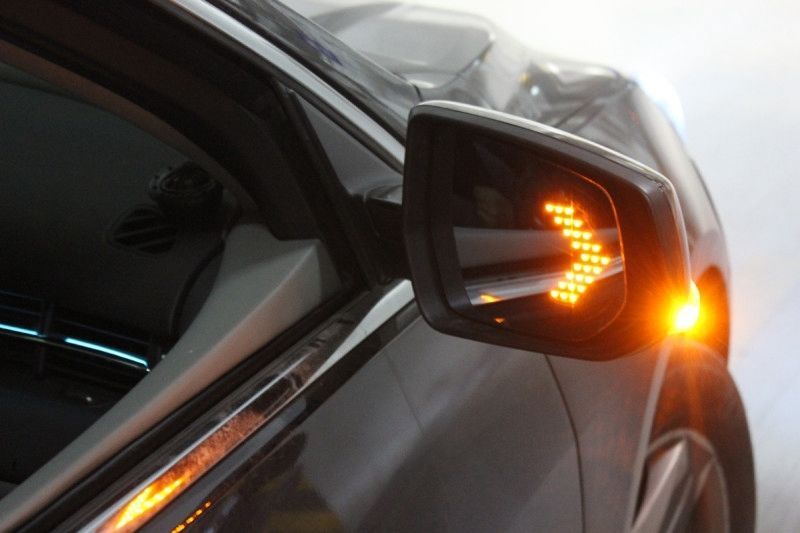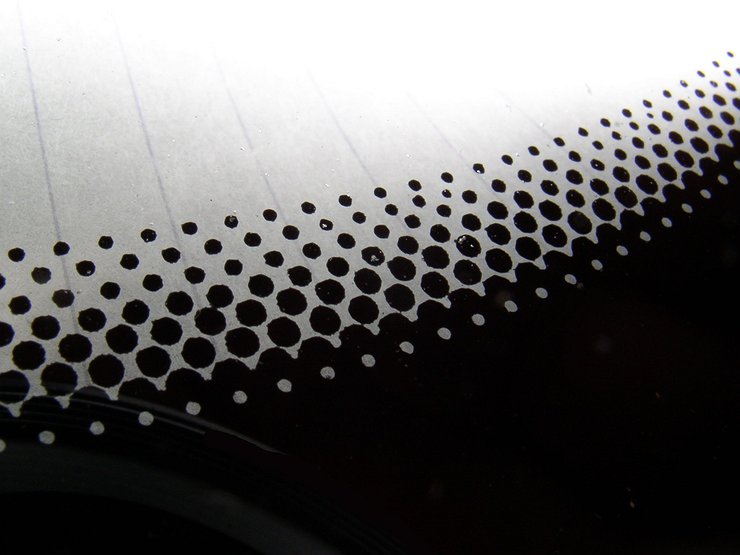
Why do the turn signals make clicks?
Content
Everyone has long been accustomed to the fact that when the turn signals are turned on in the car, clicks are heard. Many take this phenomenon for granted and do not even think about what makes them in a modern car, and whether they are needed now. Let's look at history first.

The history of the appearance of sounds accompanying the inclusion of a turn signal
Turn signals have been in cars for a long time. At the dawn of the automotive industry, mechanical levers were used to signal a turn, but by the end of the 30s of the last century, electric turn signals appeared in cars. And after another couple of decades, every car was equipped with this simple device, since the presence of a direction indicator was required by law.
What clicked in the turn signals in those days? The flashing of the light in the direction indicator was provided by the operation of a bimetallic current interrupter. When the bimetallic plate inside the interrupter was heated, it closed the electrical circuit first with one end, then with the other, it was at this moment that a click occurred. Later, bimetallic breakers were replaced by impulse relays, which also made characteristic clicks.
The principle of operation of the relay is as follows. The impulse relay is an electromagnet. When current is applied to the electromagnetic coil, a magnetic field appears, which attracts the armature inside the system and opens the electrical circuit. When the current disappears, the magnetic field disappears, and the armature returns to its place with the help of a spring. It is at this moment of closing the electrical circuit that a characteristic click is heard. Until the turn signal is turned off, the cycle will repeat, and clicks will be heard at each step.
It is these sounds that are associated with the operation of turn signals.
What clicks in modern cars
In modern cars, there are no longer bimetallic breakers and impulse relays, but the clicks remain.
Now the principle of operation of turn signals is completely different. The on-board computer, in some cases the relay, is responsible for turning on and flashing the direction indicator, but it has long ceased to make sounds during operation. Habitual clicks are imitated artificially and reproduced by speakers, and do not sound at all from devices. And only in rare cases can you hear a live sound from a relay located specifically for this purpose under the dashboard.
In recent years, the automotive industry has gone even further, and instead of the familiar clicks when turning on a turn, you can hear anything from clacks to croaks.
In fact, all these clicks and sounds are no longer needed, and are rather a tribute to tradition. And you can remove the sound in the settings or with any electrician.
Why is there a soundtrack?
Before making a maneuver, the driver turns on the turn signal and thereby warns other road users of his intention. If this driver forgot to turn off the turn signal (or did not turn off automatically), he breaks the rules and misinforms others about his actions. Thus, the clicks of a working turn signal inform the driver of the need to turn it off in a timely manner and prevent an emergency on the road.
If these sounds interfere with someone, then you can simply turn on the radio a little louder, and the clicks will immediately fade into the background.
Now it has become clear where the clicks appear in the car when the turn signals are turned on, the background of their occurrence and the modern purpose. These sounds have long become familiar, and whether they will become a thing of the past or remain in the future, time will tell.

